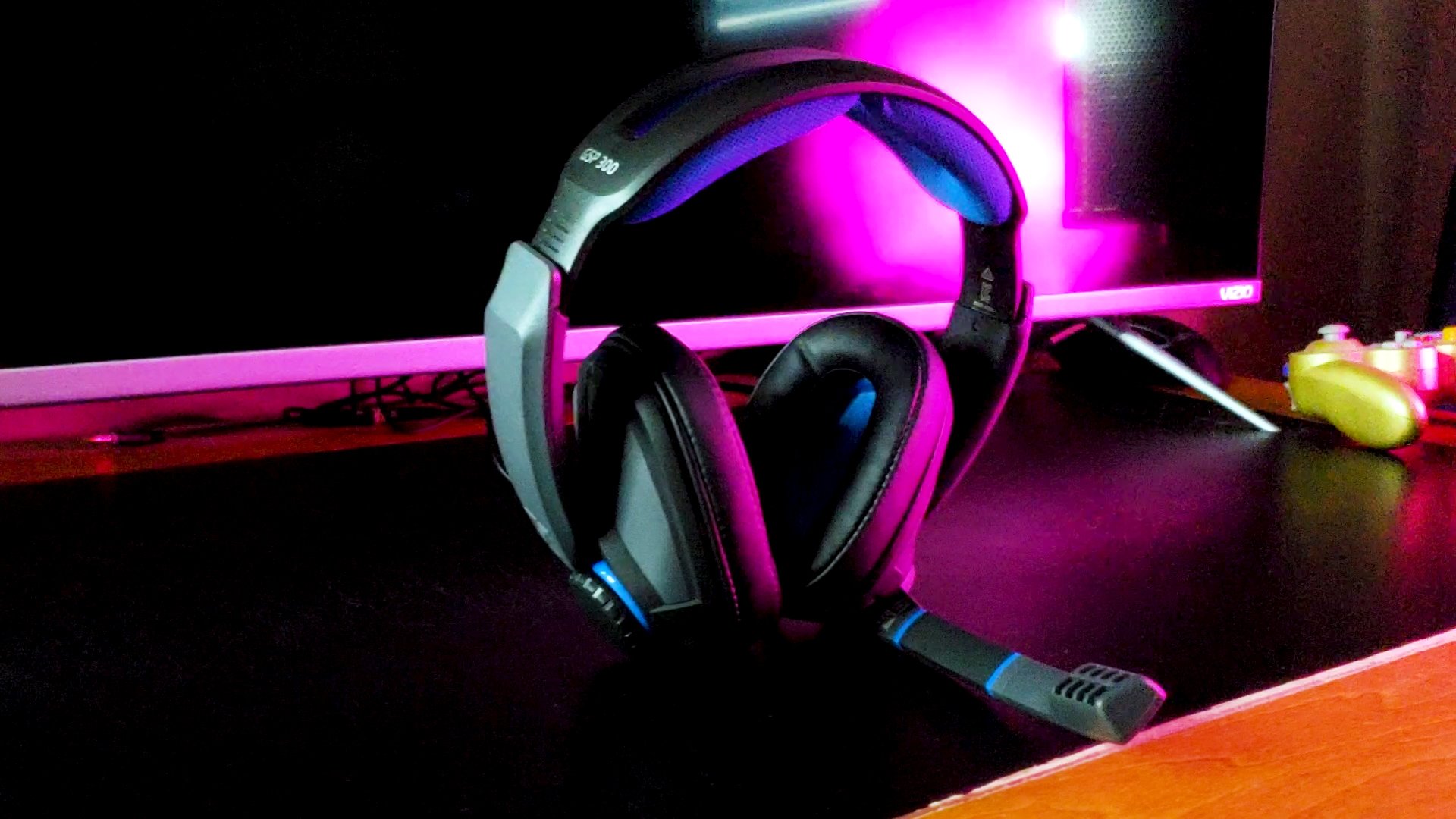Sennheiser is a company with a long legacy of producing incredible premium audio hardware. As someone who's spent a great deal of time recording and mixing audio, I was quite familiar with its core products, but admittedly was unaware of the company's venture into the gaming headset space until now.
After learning about Sennheiser's GSP gaming series, I was eager to see how the company fared in this hyper-competitive market. I've spent ample time with the GSP 300 gaming headset and here's what I found.
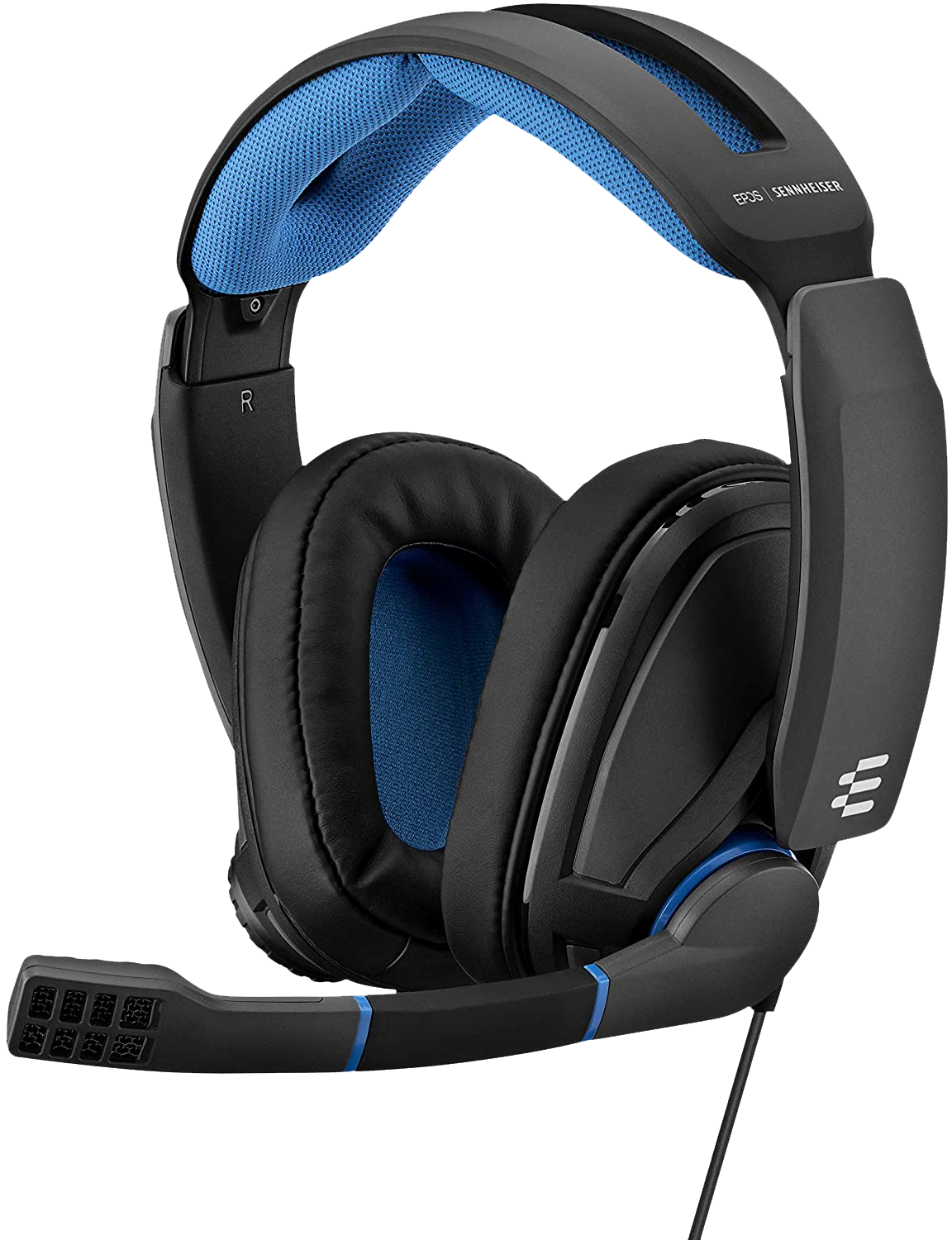
Bottom line: The Sennheiser GSP 300 is a solid gaming headset with natural-sounding audio. However, the cable setup is a mess, especially for console and mobile players, and the whole experience isn't anything special.
For
- Natural-sounding audio
- Closed acoustics offer great noise canceling
- Lightweight and comfortable
- Mute toggle built into mic arm
Against
- Cable is a mess for console players
- Microphone produces too much mid-range
- Simple design may not be exciting to some
How is the sound quality?
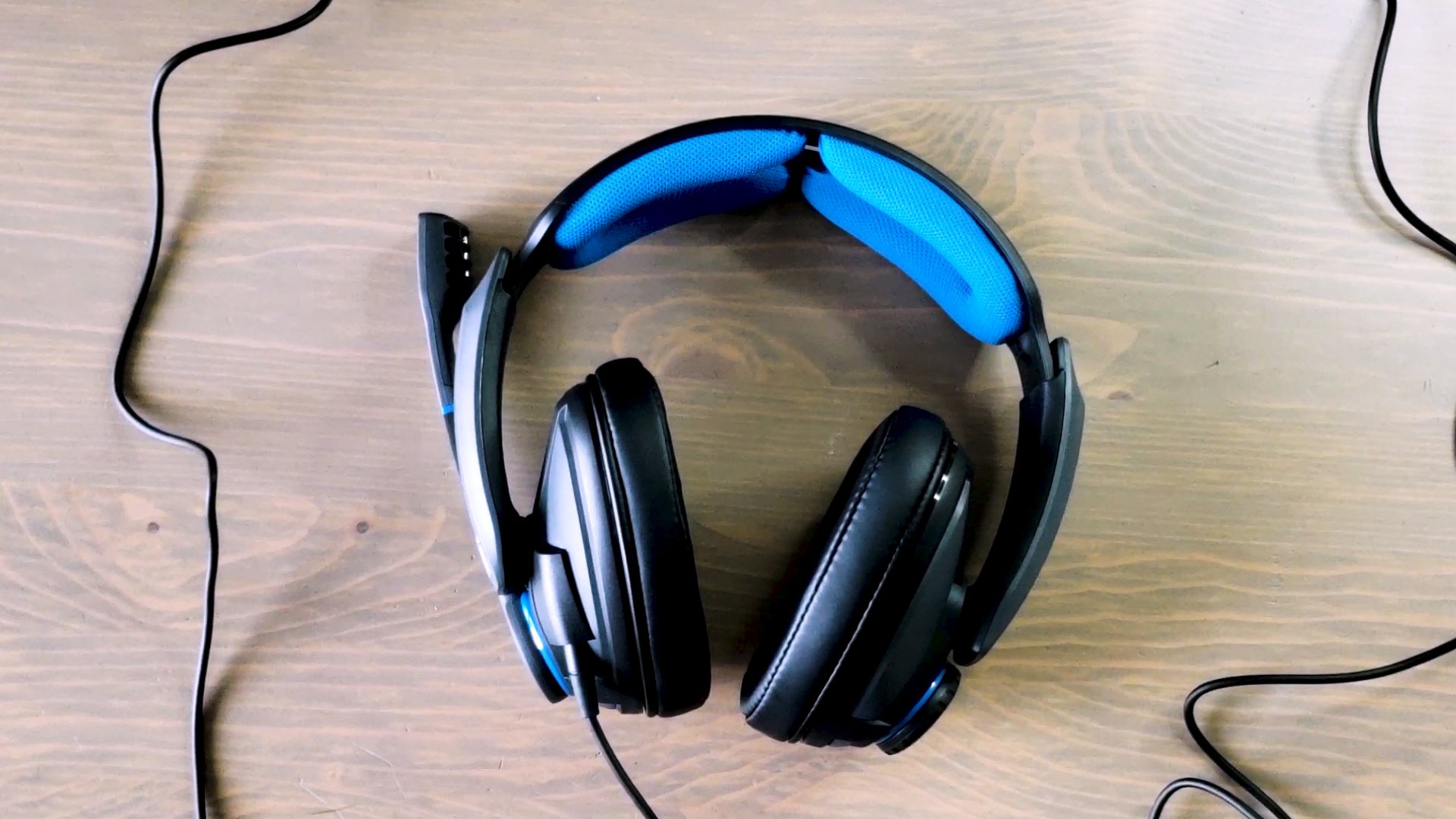
| Category | GameNameXXX |
|---|---|
| Compatibility | PC (Wired - 2x3.5mm) Consoles (Wired - 3.5mm) Mobile (Wired - 3.5mm) |
| Frequency Response | 15Hz - 26kHz |
| Design | Over-Ear (Closed Acoustic) |
| Mic Frequency Response | 10Hz - 15kHz |
| Cable Length | 2.5m |
| Connector Plugs | 2 x 3.5 mm / 1 x 3.5 mm (PCV 05 Combo Audio Adaptor) |
| Headset Dimensions | 224 x 240 x 110 mm |
| Price | $99 |
For me, the most important factor when deciding on a new headset is sound quality. Sennheiser has consistently proven its expertise in this area by delivering high-quality drivers with high frequency response ranges and the GSP 300 gaming headset continues this tradition.
The closed acoustic design of the cushions delivers solid sound that's naturally isolated from external background noise. However, with a more natural sound than other gaming headsets on the market, I did feel that the extreme high-end and extreme low-end frequencies weren't as exciting as headsets like the HyperX Cloud II or SteelSeries Arctis 5.
In action games like Gears of War 5 or Modern Warfare, the presence of explosions or gun shots didn't quite have the same physical rumble I've grown accustomed to with other premium gaming headsets. However, audio clarity always remained intact, so the distortion that can be common with bass enhancement post-processing was never an issue for me with the GSP 300. The clear audio helped keep subtle sounds like footsteps present at all times, which ensured I could always hear when an enemy was trying to make a stealthy advance.
How is the microphone quality?
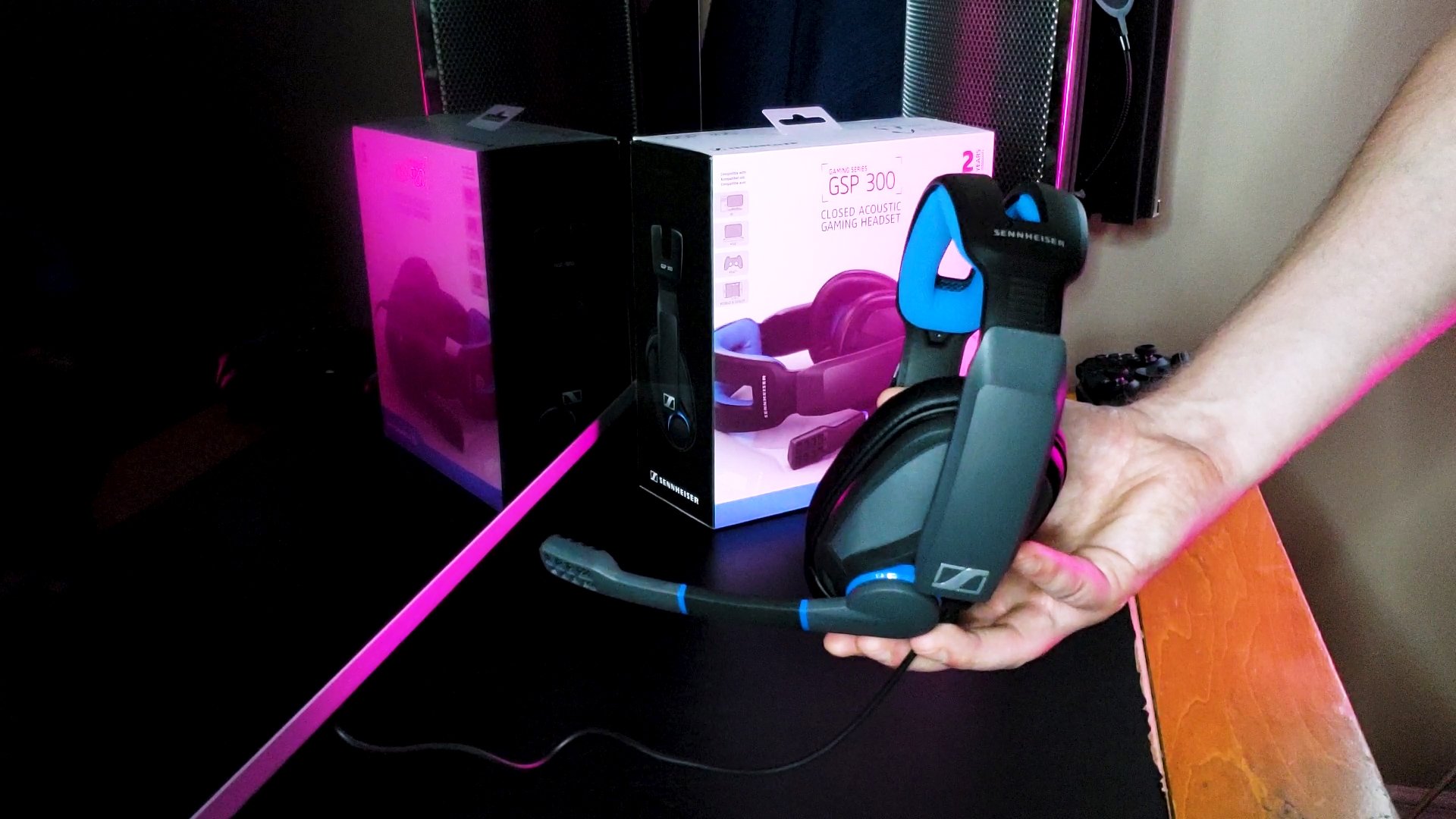
My expectations concerning microphone quality with gaming headsets is often minimal. While I've been pleasantly surprised by impressive mics in the past, the included arm microphone of the GSP 300 is nothing to write home about. It's not terrible by any means, but the aggressive mid-range response leaves a lot to be desired.
In game, my co-op partners could clearly hear my voice and distinguish my commands, so you won't have to worry about the microphone quality interferring with your gaming sessions, but I wouldn't attempt to record anything.
However, there are some neat features. Lifting the arm mutes the microphone and there's a volume control knob on the right side of the headset, although these features could have been easily incorporated into the cable.
How does the headset look and feel?
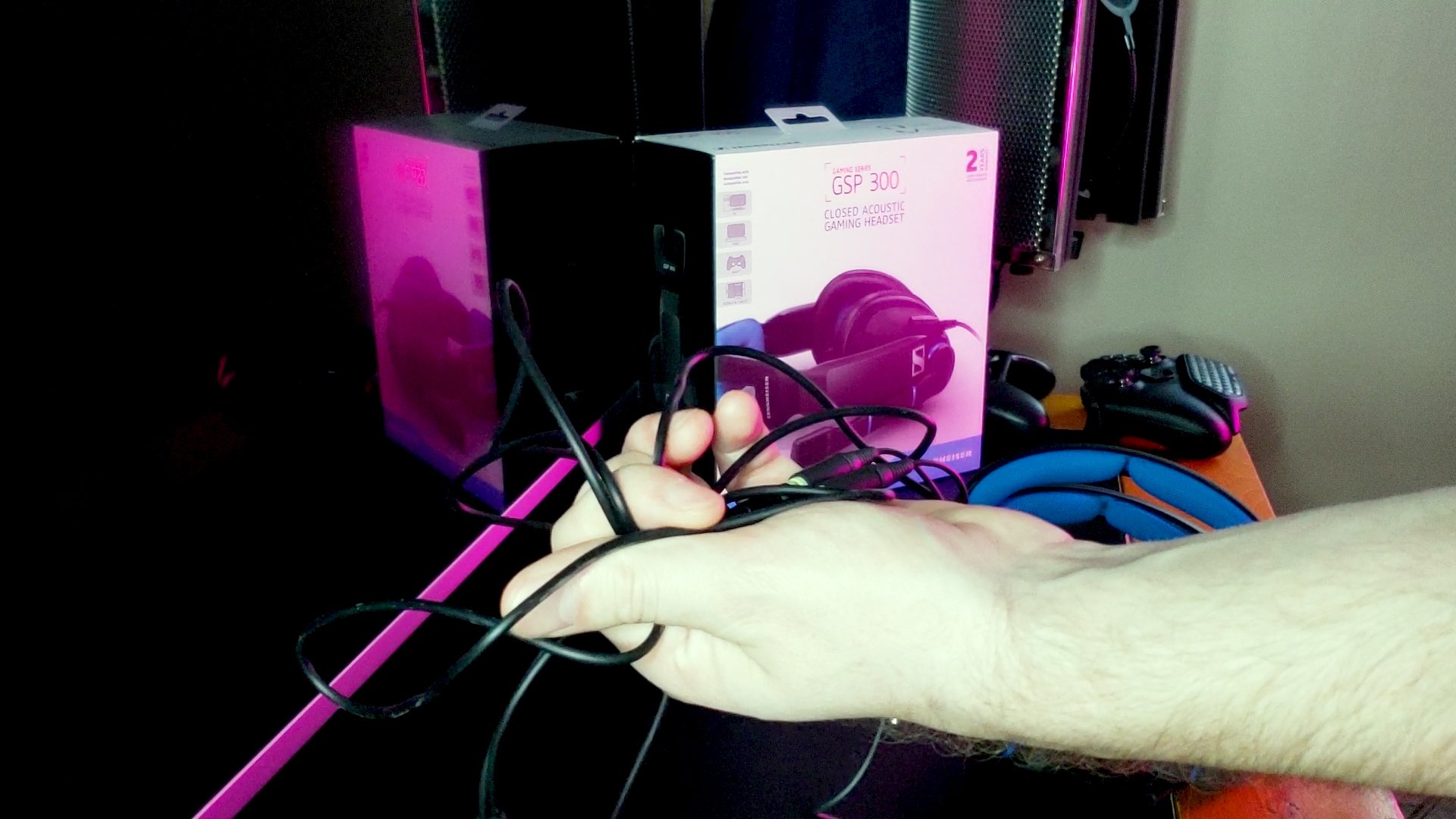
The GSP 300 manages to strike a great balance between overall build quality and product weight. Often times gaming headsets are massive and cumbersome to wear, so it was refreshing to see a more studio-inspired design applied to the GSP 300. Fans of minimalism will appreciate the simplicity of the frame, but folks looking for something more adventurous or with more typical gaming features like RGB lights and accents might be disappointed by the rather benign aesthetic.
The biggest design flaw of this headset lies in the confusing and messy cable solution. While the 8-foot cord might be a nice option for folks who primarily play on PC, it became sort of a mess when using it with my Xbox One controller. It also requires a bulky 2x3.5mm adapter to use a standard single 3.5mm headset jack, which in this day and age is just an odd choice.
Some players may be able to look past these relatively minor complaints, but it was impossible for me to ignore the cable snake every time I tried using the headset with a controller or my phone.
Is the GSP 300 comfortable to wear?

Comfort is another critical factor when making a headset purchase, as they are often worn for hours at a time. With memory foam ear cushions and soft padding for the top of your head, the GSP 300 remains comfortable even during extended gaming sessions.
While I don't wear glasses, I do recognize this is a major concern for a lot of players, so to see if it passed the glasses test, I wore some non-prescription frames while using the headset. I'm happy to report that even after hours of use with glasses on, the headset experience remained enjoyable.
Should you buy the Sennheiser GSP 300?
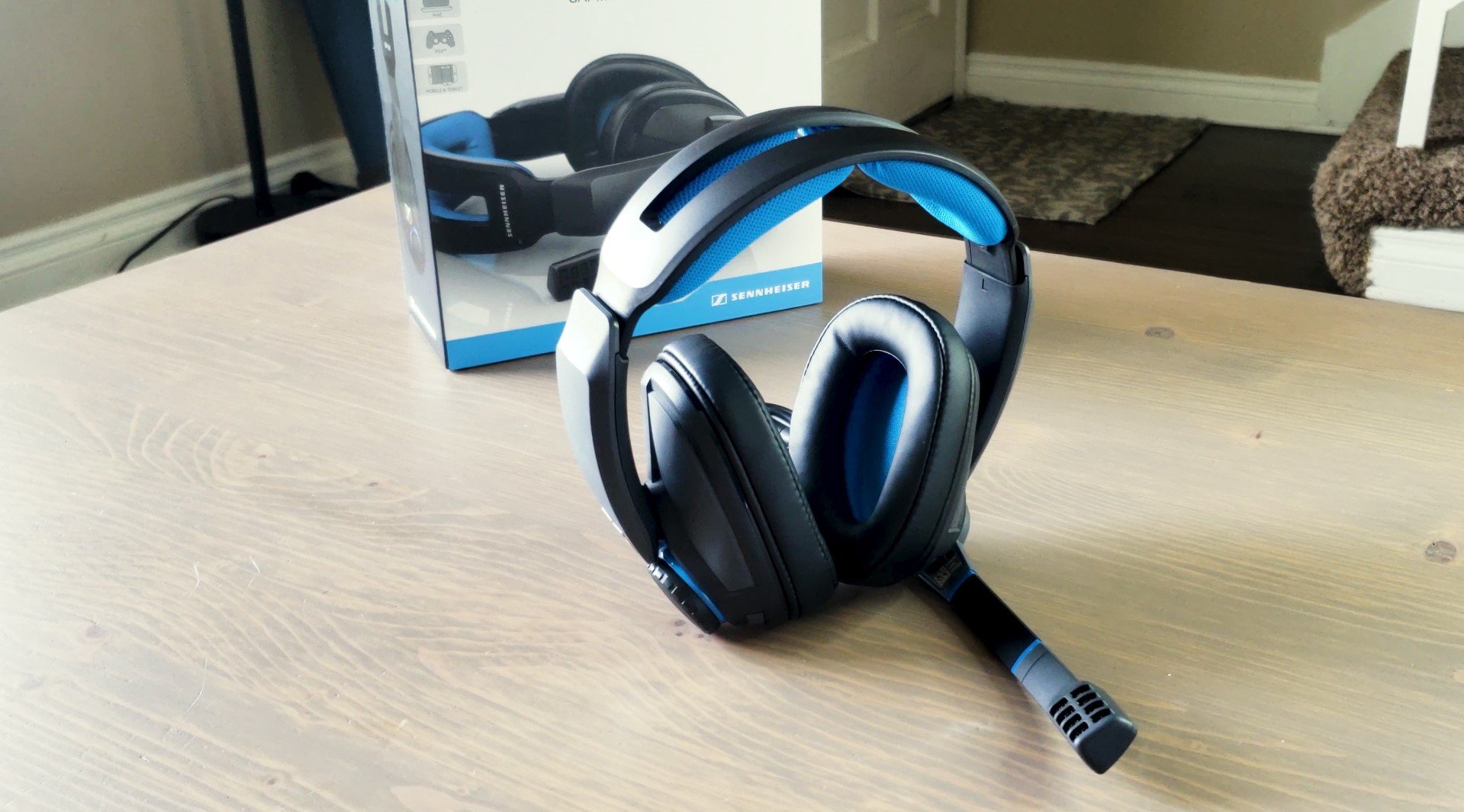
Overall, Sennheiser delivers a solid gaming headset with the GSP 300. The natural-sounding audio and lightweight frame make this a great option for folks who want simple design and clean sound. As it currently stands, I would definitely recommend this as a great option for PC players and console players willing to overlook the lengthy cable and clunky 2x3.5mm adapter.
At an estimated retail price of about $99, there is definitely some stiff competition from brands like HyperX and SteelSeries, but if you're looking for a decent headset without any cliché gamer gimmicks, the GSP 300 is worth some consideration.
Miles Dompier is a Freelance Video Producer for Windows Central, focusing on video content for Windows Central Gaming. In addition to writing or producing news, reviews, and gaming guides, Miles delivers fun, community-focused videos for the Windows Central Gaming YouTube channel. Miles also hosts Xbox Chaturdays every Saturday, which serves as the Windows Central Gaming weekly podcast.
